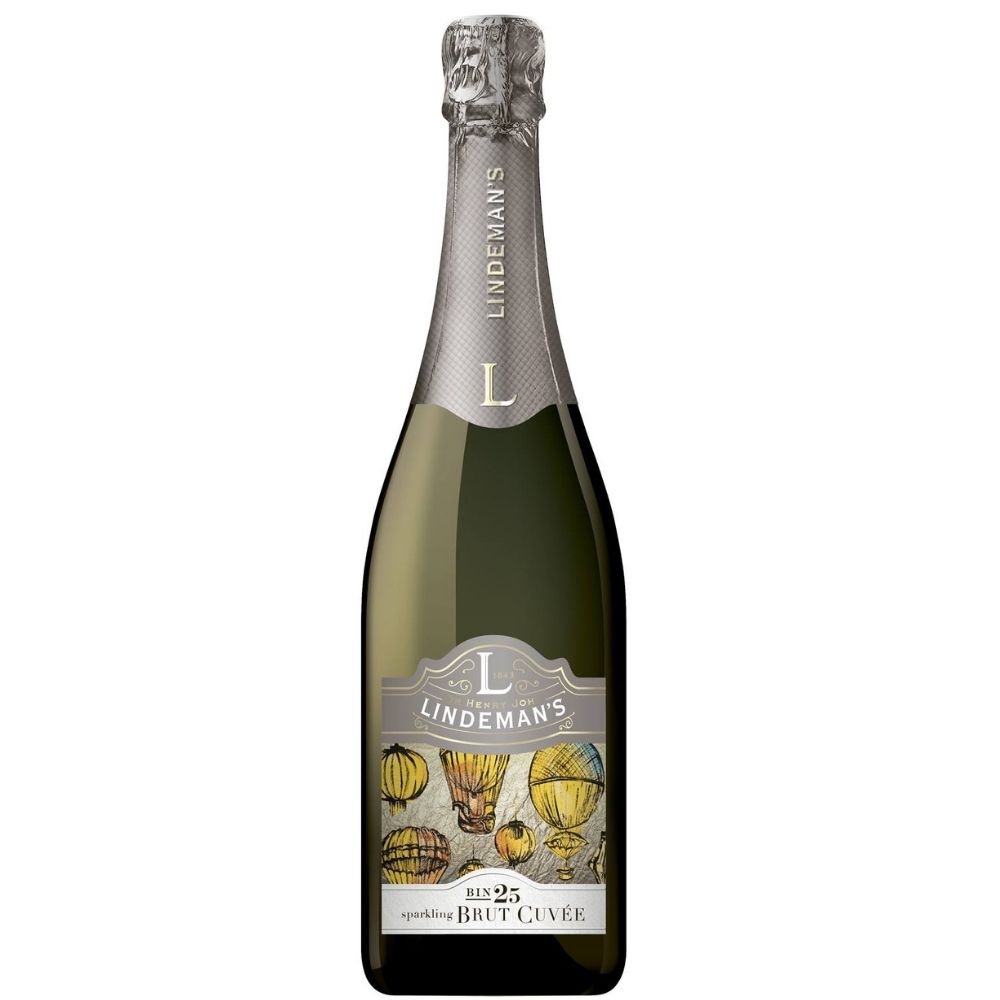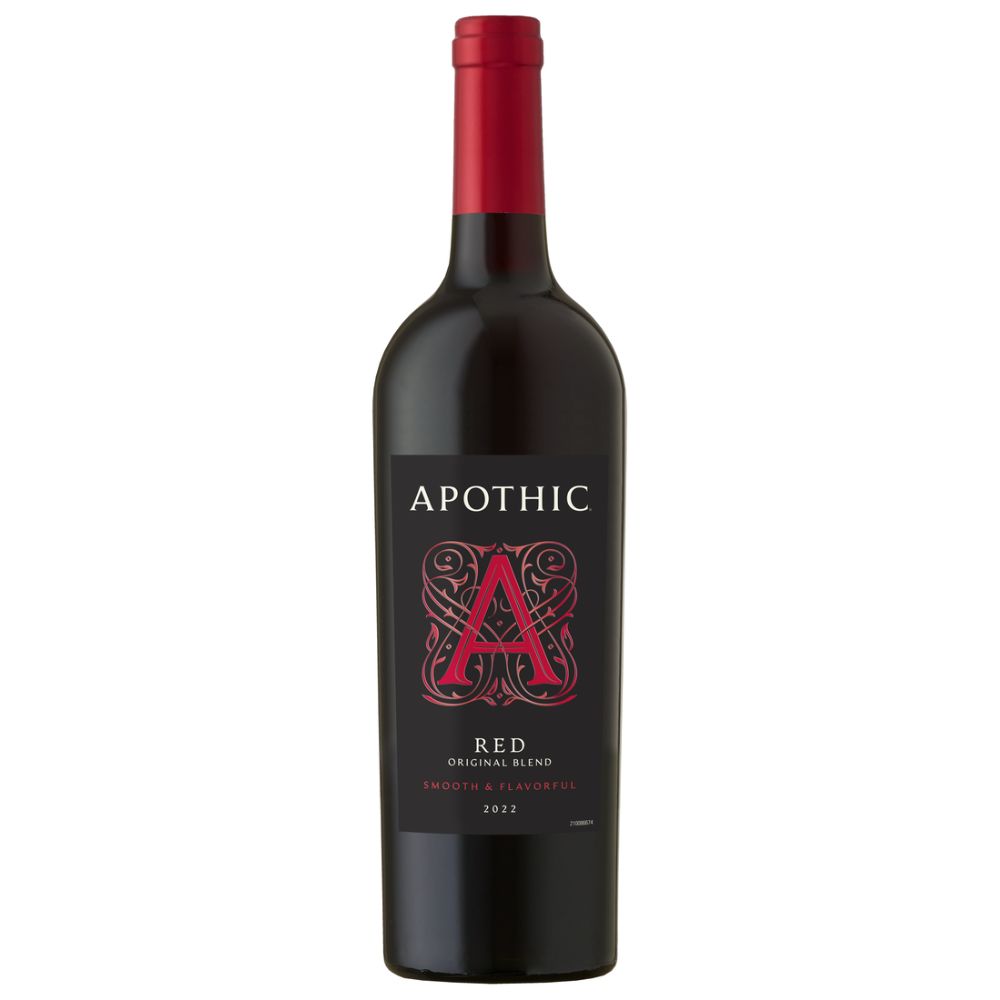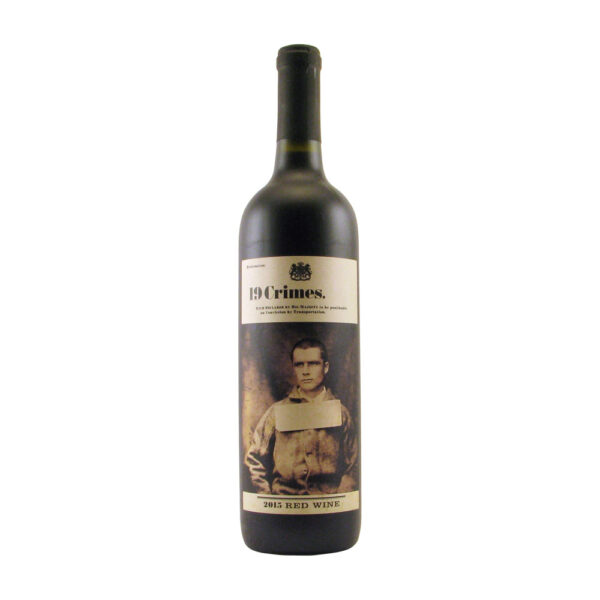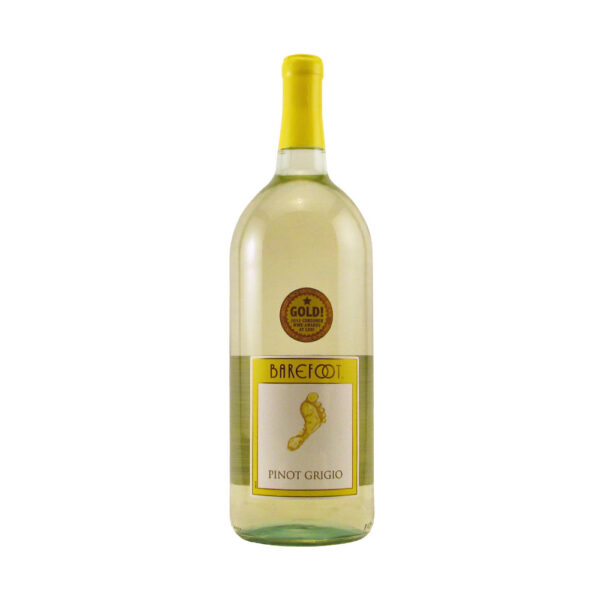Description
Lindeman’s Bin 25 Sparkling Brut Cuvée 750ml
In 1843, Dr. Lindeman planted his first vineyard on his 330-acre property “Cawarra” in the Hunter Valley of New South Wales. One hundred years later, the Lindeman’s Wine Company became listed as a public company. By cellaring wines and not releasing them for sale until they had properly matured, Dr. Lindeman earned a reputation for producing wine of the highest quality.
Lindeman’s Bin 30 Sparkling Rosé Notes To Your Senses:
- TASTE: Fresh, lively, full-flavored and crisp. Lifted stone fruits and nectarine with a soft, creamy finish
- AROMA: Subtle stone fruit aromas with underlying citrus bread-like yeast aromas.
- APPEARANCE: Pale lemon gold
- ABV: 12%
- PAIRING: Salads and seafood dishes or as an aperitif
Australia:
Australia’s wine comes from 65 different wine regions that are made of all different types of geography, topography, soils, and climate. The continent has the oldest soils on the planet with more than 100 different grape varieties, making it the top 5 wine exporting countries. While they are known for exporting, they are known for drinking it too! Australia is the third largest source of imported wine to Canada, Us, and Italy. In 1788, the first grapes were planted in Sydney. However, Australia does have some of the world’s oldest vines. Among the many vineyards, they have 25 that are colder than Bordeaux in France!
Cool-climate regions that are great for winemaking in Australia, are mostly due to altitude and maritime influences on its huge coastline. Tasmania, Margaret River, and Yarra Valley produce elegant wines and emphasize on restraint. Chardonnay and Shiraz are grown in all of Australia’s 65 wine regions. The Barossa Valley takes the title for the largest collection of old vines, many are Shiraz and Grenache that date all the way back to the 1840s!
In Western Australia, there is little wine compared to other areas, but the quality is high. So, take note of where your favorite wines are from and don’t be afraid to try something new, it could become your top 5 must-haves!
A little fact about Australian wine drinkers – they tend to drink white wines too cold and red too warm. By doing this, the coldness suppresses its fruit flavor and increases the oak character and tannin. If you drink it too warm, it exaggerates alcohol but softens tannin. So, drink at your preference, but be aware of how you drink it before your taste buds make the final decision!
Master Sommelier Little Known, Big Facts:
- The color of wine depends on the fermentation extracts using skin, like Red wine as compared to white wine, leaving the skin behind
- The oldest bottle of wine dates back to A.D. 325; it was found in Germany inside two Roman sarcophaguses
- The worst place to store wine is usually in the kitchen because it’s typically too warm, in refrigerators, their warmest setting can be too cold
- Richer heavier foods usually pair well with richer, heavier wines; light wines pair with lighter foods
- Generally, a vintage wine is a product of a single year’s harvest, not when the wine is bottled
- A “dumb” wine refers to the lack of odor while a “numb” wine has no odor and no potential of developing a pleasing odor in the feature
- If a server or sommelier hands you a cork, don’t smell it, look for the date or other information ( mold, cracking, or breaks)
- Tannin is a substance that tingles the gums when you indulge your palate with a sip of wine, it’s an excellent antioxidant
- Smell is by far the most important sense when it comes to drinking wine
- Wine was first developed in Mesopotamia, not France
- French wines are labeled following the soil on which they are produced, not according to the grape used
- When chilling wine, adding salt to ice will cool it down faster
Instructions:
Serve chilled or at room temperature






Reviews
There are no reviews yet.